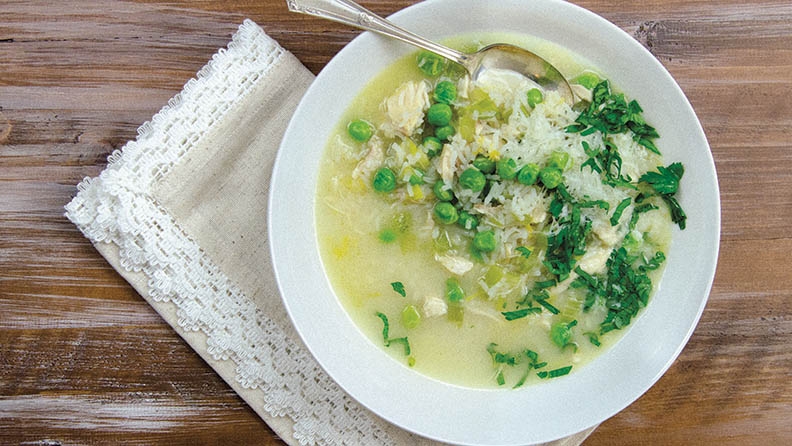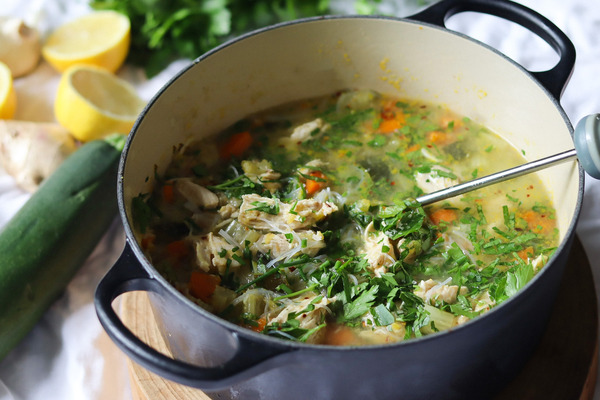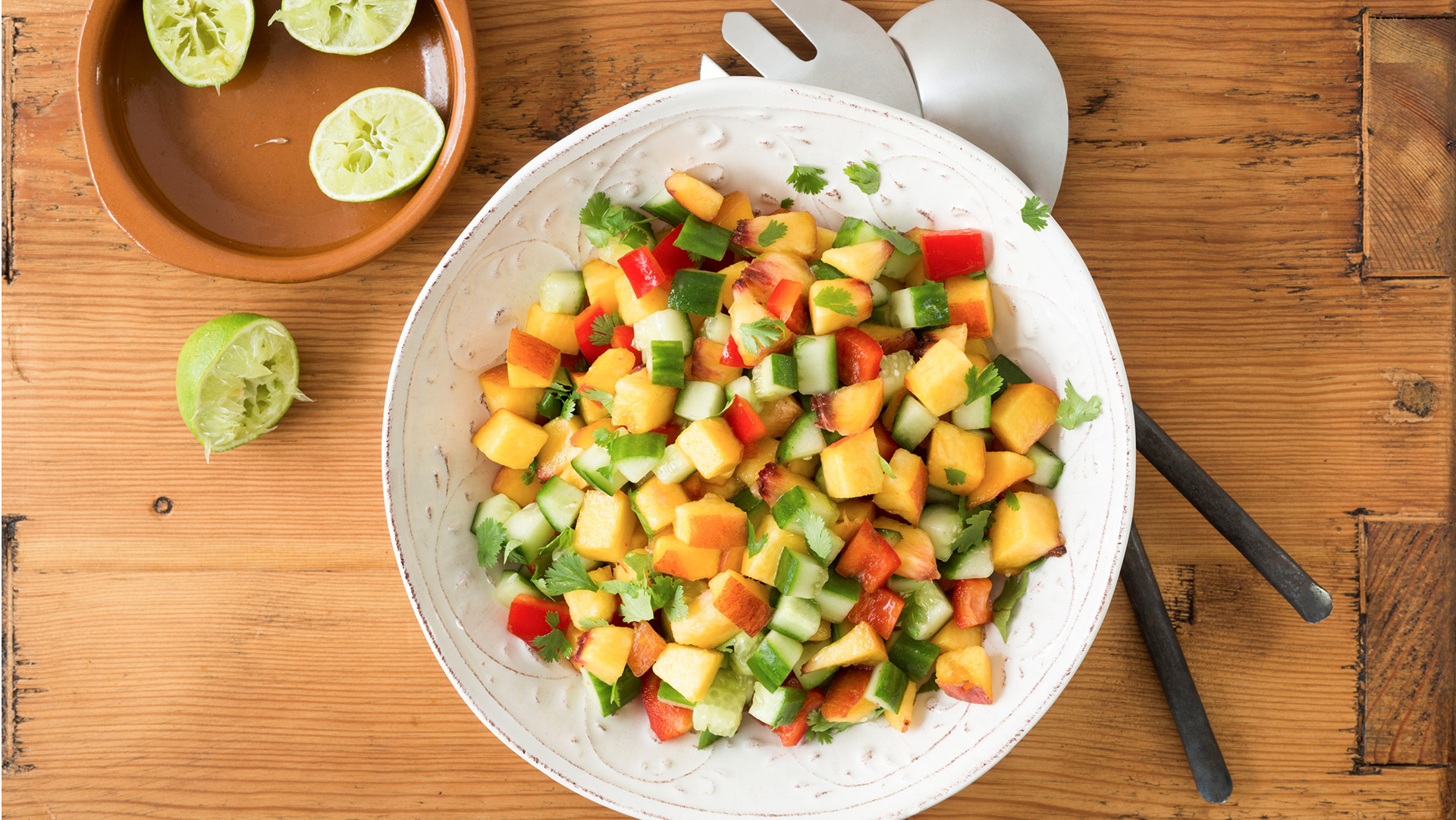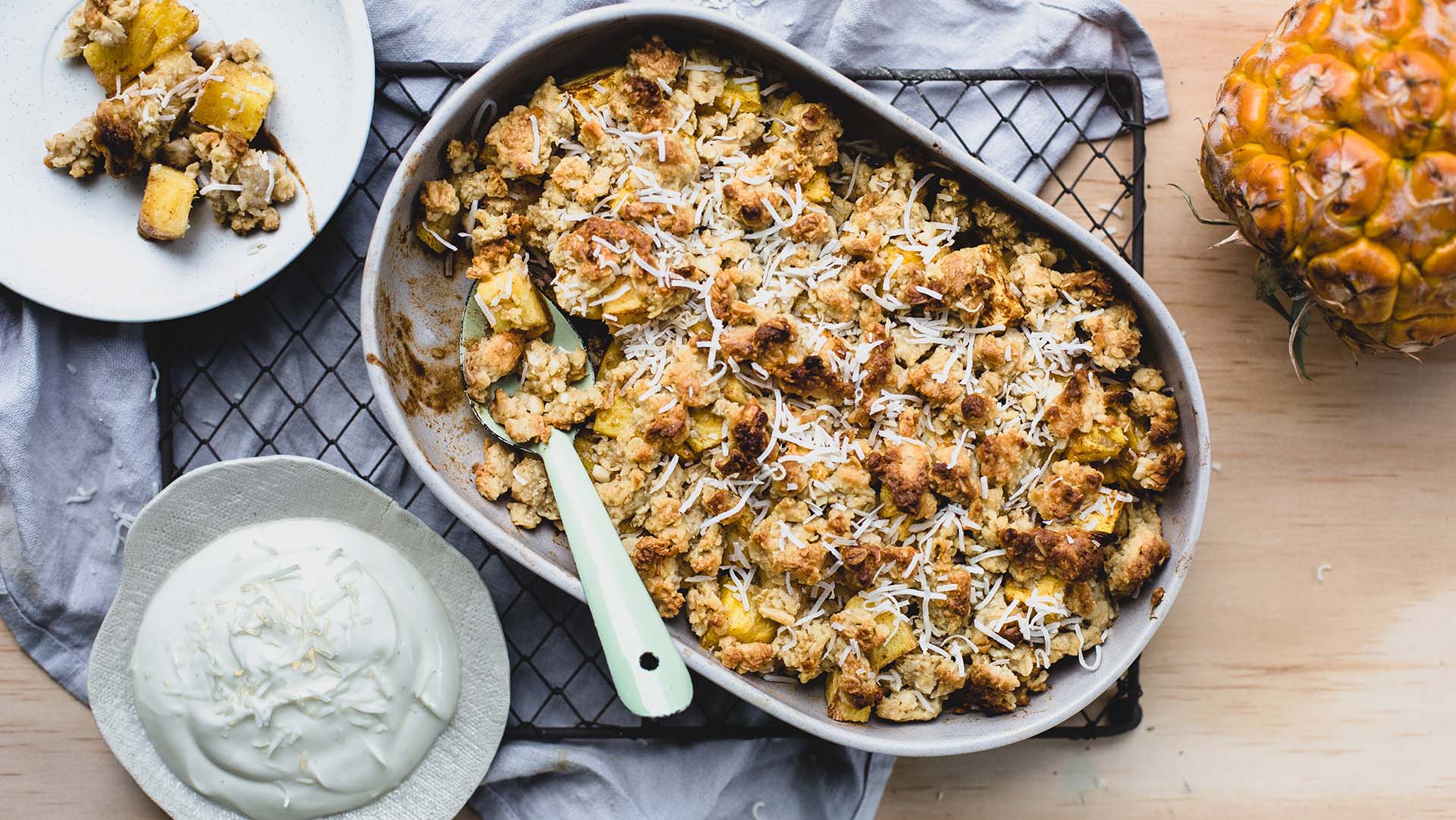-
Whether you’re looking to cut down on meat or go meat-free all together, making adjustments to your diet isn’t always easy. The popularity of vegetarian and vegan lifestyles are on the rise and there are seemingly more conflicting opinions on the health benefits of meat than ever before. With that in mind we spoke to Accredited Practicing Dietician Nicole Dynan to answer your most pressing questions on what happens when we cut down on meat.
How much meat does the average person need?
The Australian Dietary Guidelines recommend up to 455g lean red meat each week and recommend limiting processed meat like salami and ham. A serve of meat is approx. 65g cooked, or 100g raw, or about the size of your palm.
For most adults, the guidelines suggest 2.5-3 serves from the lean meat and poultry, fish, eggs, tofu, nuts and seeds and legumes/beans food group each day, with an emphasis on variety. Although meat can be good for our health, on average, Australians tend to eat more red meat than recommended.
Meat forms one of our core food groups and is very nutritious. Red meat is rich in protein, iron, zinc and B vitamins. I recommend choosing lean meats like beef, lamb, and chicken, as these are the least processed and the richest in nutrients. Trimming the fat off a cut of meat before cooking can also help decrease the level of saturated fat consumed.
What happens if you eat too much meat? Is it bad for you?
Research indicates that eating too much red meat is associated with an increased risk of colorectal cancer. Therefore, to gain its nutritious benefits, it’s recommended to aim for the guidelines and consume less than 500g of red meat per week, as well as limiting processed meats (including ham, bacon, sausages, salami, chorizo etc).
What happens when you cut down on meat?
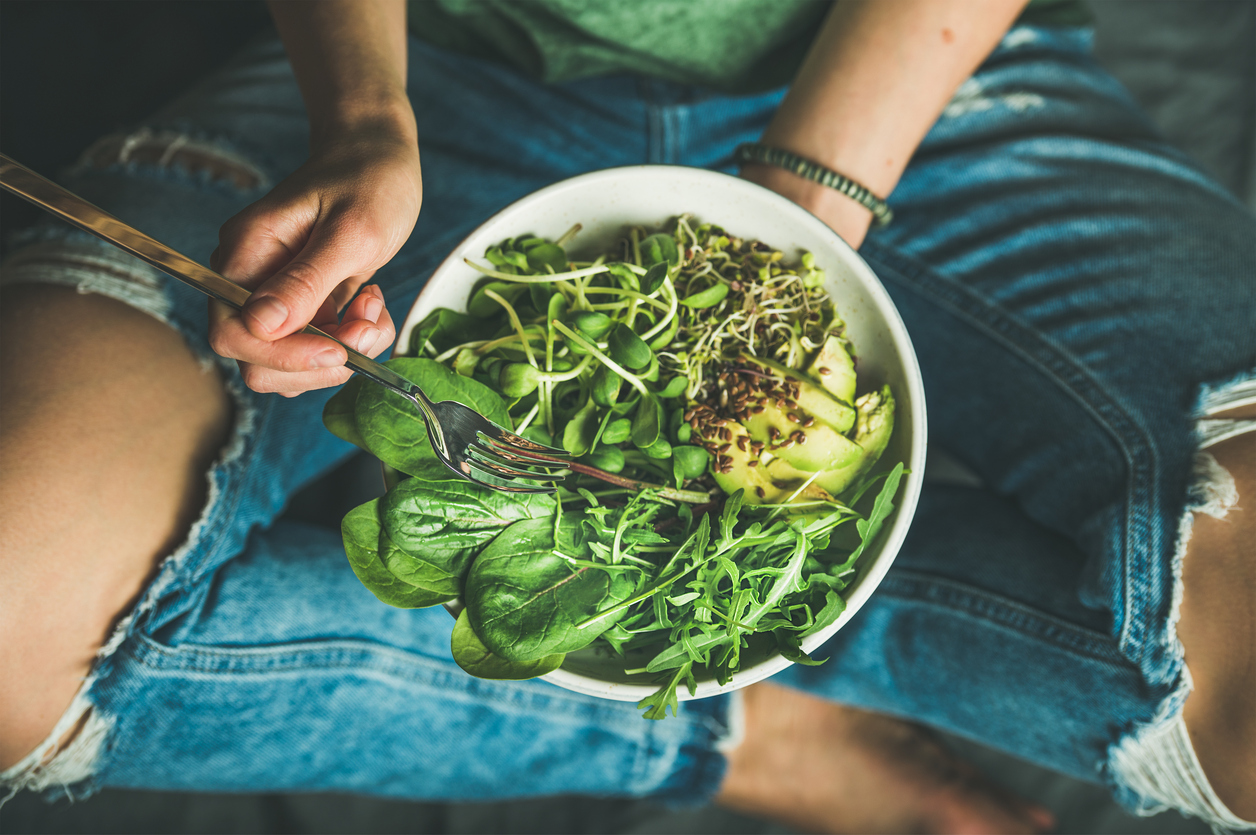
-
Are there health benefits to going entirely meat free?
A purely plant-based diet can be balanced, if planned well, but it shouldn’t be assumed that it is automatically healthier. Similarly, meat containing diets can be healthy, and equally can be unhealthy if not planned correctly.
The Australian Dietary Guidelines say "appropriately planned vegetarian diets, including total vegetarian or vegan diets, are healthy and nutritionally adequate".
In addition, consuming a balanced plant-based diet can have some health benefits, especially as they tend to be lower in fat (particularly saturated fat) and cholesterol, high in dietary fibre, antioxidants and contain lots of fruits and vegetables. This can help lower your risk of developing a number of chronic diseases such as cardiovascular disease and type 2 diabetes reduce constipation as well as assist with weight management.
Some specific nutrients are however, more easily absorbed or are only found naturally in animal products. Therefore, when following a vegan diet, it is important to be aware of these nutrients to choose foods appropriately to decrease the risk of deficiency. These include protein, iron, Vitamin B12, calcium, zinc and omega 3 fats.
What are some good meat replacements that are nutritious and filling?
If you’re looking to go ‘meat free’ – whether it is for a meal, a day or as a part of your everyday diet, it’s important to be mindful to consume adequate protein in your meal. Protein plays a key role in helping you feel fuller for longer, as well as being involved in cell growth and repair.
Opting for foods such as eggs, tofu, lentils, legumes and nuts/seeds can all help you achieve your protein requirements when having a meat free day.
Alternatively, if meat free days are not for you, just keep in mind your portion sizes. A good way to organise your meals for good health is by making the vegetables the hero of your dish by filling up half your plate with these. The next quarter should be protein based (think lean meats, eggs, seafood, tofu, nuts etc.) and the other carbohydrate based (including potatoes, wholegrains, rice, pasta, bread etc.
There is somewhat of a contradiction with plant-based eating in the form of faux meat product alternatives. They are highly processed foods, often high in sodium and may not be as nutritious as the food they are intending to replace.
Similarly, dairy milk alternatives are often low in protein and unless fortified, contain less minerals. This has prompted some concern of a potential nutritional deficiency after a 2016 CSIRO study found that one in six Australians avoid dairy despite having no medical reason to do so.
-
Is sharing a meal the secret ingredient to a happier life?
Why social connection may be the most important ingredient on your plate.
-
Chicken soup with parmesan, rice, peas and lemon recipe
Nourishing chicken soup
-
The best immunity-boosting foods
Key nutrients to focus on that could help to boost your immunity, and the how to get them.
-
Comforting chicken noodle soup
Packed with anti-inflammatory ingredients including leek, garlic and ginger, this chicken noodle soup is hearty, full of goodness and great for any night of the week.
-
Peach salsa recipe
Zesty and unusual peach salsa recipe
-
Pineapple gingerbread crumble recipe
A summer riff on a winter classic.
Subscribe to receive the best from Live Better every week. Healthy recipes, exercise tips and activities, offers and promotions – everything to help you eat, move and feel better.
By clicking sign up I understand and agree to Medibank's privacy policy


